Solving the Satoshi Nakamoto identity mystery remains one of the favorite pastimes of some crypto enthusiasts. After all, it’s not every day that you see a project with a $769 billion market cap without a well-known founder. It’s not typical for any company, much less the number-one cryptocurrency in the world.
This article will explore the question, “who is Satoshi Nakamoto?” In addition, since we don’t know if Satoshi is one person or a group, we’ll use the singular pronoun for simplicity.
Who Created Bitcoin?
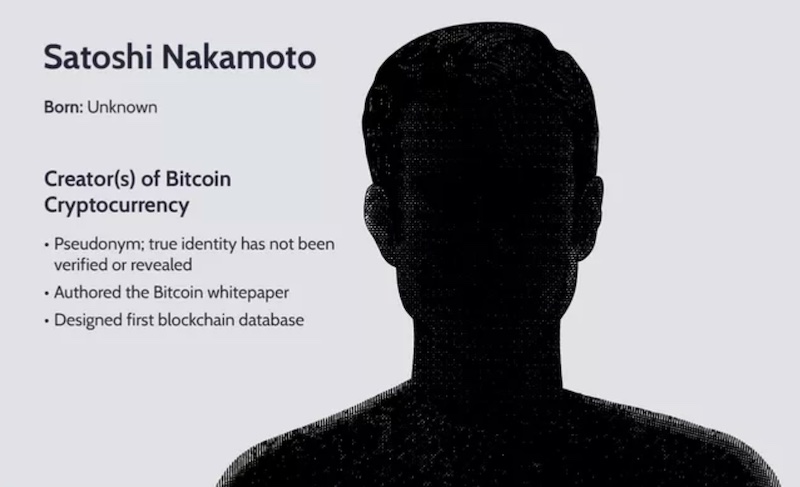
Satoshi Nakamoto gets the credit for developing the world’s first and largest cryptocurrency—Bitcoin. His name retains its high status because of his role in the crypto movement’s inception. Among other things, Satoshi envisioned a future role for Bitcoin to protect the world against inflation.
So, it’s not surprising that the individuals guiding Bitcoin’s future still invoke his philosophy. For example, during the contentious Bitcoin Cash fork, both sides of the debate claimed they were upholding Satoshi’s original vision.
Learn more about Bitcoin in the Blockchain & Bitcoin Fundamentals course at Moralis Academy. Litecoin is nearly identical to Bitcoin. Learn more by following the link; what is Litecoin?
Who Created Bitcoin? Timeline 2007 – 2011
It all started in 2007 when Satoshi Nakamoto began developing Bitcoin. Next, either Satoshi or a colleague registered and created Bitcoin.org on August 18, 2008. Satoshi later published a white paper titled “Bitcoin: A Peer-to-Peer Electronic Cash System” before releasing Bitcoin version 0.1 on January 9, 2009.
Notably, Satoshi Nakamoto embedded the text in the genesis block (block number 0), “The Times 03/Jan/2009 Chancellor on brink of second bailout for banks.” What he cited was the headline from The Times, a British newspaper. His commentary caused debate about whether the note was derisive commentary against the fractional-reserve banking system, a timestamp, or both.
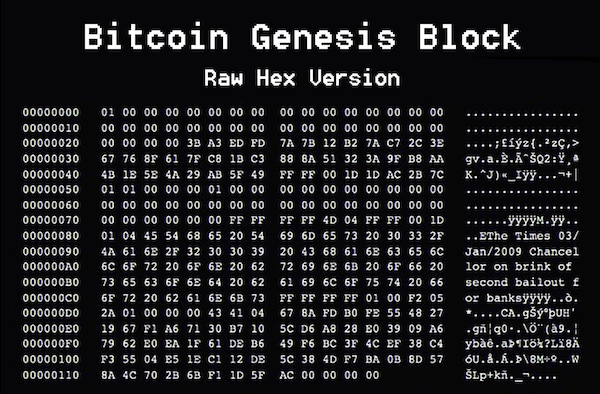
This behavior was consistent with Satoshi’s forum postings, however. He always kept personal details to himself when discussing technical matters but would share his opinions on fractional-reserve banking.
In 2011, Satoshi Nakamoto left the project with an email to a fellow developer stating that he had “moved on to other things.” Up to that point, he mined approximately one million Bitcoin. This situation started another hot topic—Satoshi Nakamoto’s Bitcoin holdings.
One million BTC amounts to a lot of dollars. Even with the recent crypto downturn, Satoshi’s holdings would be worth about $40 billion as of today’s writing!
Some British Clues
With so much intrigue and money at stake, the nagging question began, “who is Satoshi Nakamoto?” It drove many researchers to go sifting through clues.
On one of his profiles, researchers found that Satoshi claimed to be a 37-year-old male living in Japan. Whether or not he lived in Japan, speculators doubted his Japanese ethnicity based on his use of the English language.
Further, his forum postings and code comments sounded more like British English than English as a second language. Comments like “bloody hard,” “maths,” combined with spellings like “colour” and “grey” point to British origins. Even his commentary in Bitcoin’s genesis block references The Times in the UK.
Another researcher, a software engineer named Stefan Thomas, charted over 500 timestamps of Satoshi’s forum posts. The results proved that either Satoshi had irregular sleep patterns or did not live in Japan.
Who Created Bitcoin, an Individual or Team?
Some investigators speculate that Satoshi is not an individual but a team of developers. One such advocate of this theory is Dan Kaminsky. He is a security researcher who studied Bitcoin’s code. Kaminsky concluded that Satoshi Nakamoto had to either be a team of people or one genius. That’s because he deemed that the concept and the code too extensive for one person to accomplish.
A developer named Laszlo Hanyecz, who once emailed Satoshi, also believes the code was too well-crafted for one person. So, who created Bitcoin? Gavin Andresen (software developer associated with Bitcoin) agreed calling whoever did it was “a brilliant coder.”
Now that we’ve explored some evidence, let’s look at some of the “who is Satoshi Nakamoto?” candidates.
Before we begin, check out the Crypto for Beginners course at Moralis Academy if you’re new to Bitcoin. You can also compare two other cryptocurrencies in our Cardano vs. Solano article.
Who is Satoshi Nakamoto? Possible Candidates
Satoshi Nakamoto has proven to be an elusive figure despite the many inquiries into his identity. But below are some possible candidates that journalists (and others) have already vetted.
Dorian Satoshi Nakamoto
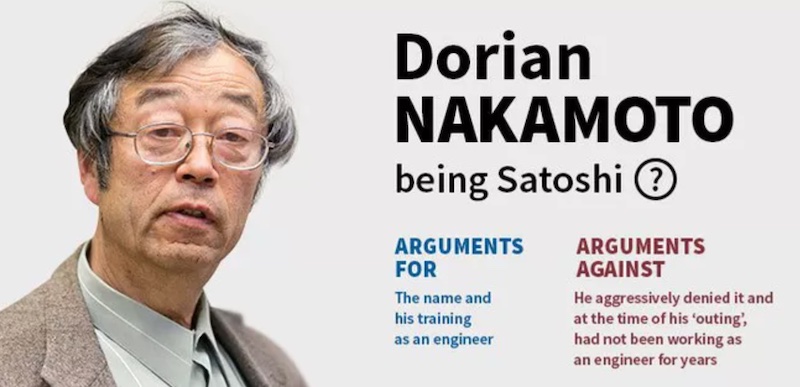
In March 2014, Newsweek outed Dorian Nakamoto as the elusive Bitcoin creator. Newsweek was the first mainstream publication to try and sleuth out Satoshi’s identity, and their findings caused quite a stir in the tech community.
The article cited the name as the first clue. “Dorian Prentice Satoshi Nakamoto” had the name and the Japanese connection. It turns out he was a Japanese American man living in California. The candidate also had the pedigree of being a trained physicist from Cal Poly who worked on classified defense projects as a systems engineer. Lastly, he shared similar libertarian beliefs with the Bitcoin founder.
For the coup de grace, the reporter wrestled a semi-confession out of Mr. Nakamoto, who stated, “I am no longer involved in that, and I cannot discuss it. It’s been turned over to other people. They are in charge of it now. I no longer have any connection.” However, Dorian Nakamoto would back peddle from the quote, citing a misunderstanding.
Hal Finney
Hal Finney was a cryptographic pioneer before Bitcoin came along. Besides Satoshi, he was the first person to use Bitcoin. His story gets weirder because he lived only a few blocks from Dorian Satoshi Nakamoto mentioned earlier.
A Forbes magazine journalist compared writing samples between Hal Finney and the real Satoshi. He found that Finney’s writing most resembled Satoshi compared to other possibles suggested by Fast Company, the New Yorker, and Newsweek.
So, was Hal Finney the real Satoshi who merely used his neighbor’s name? It would seem plausible until one looks at the email correspondence between Finney and Satoshi and the Bitcoin exchanged between the two. Other researchers agreed that Satoshi’s emails to Finney look more like Satoshi’s other writings than Finney’s.
Combined with his denial, these factors led the reporter to conclude that Finney was not Satoshi.

Nick Szabo
Nick Szabo is another computer engineer candidate with exceptional qualifications. He gets the credit for conceptualizing smart contracts in his 1996 paper that would become integral to the Ethereum blockchain. In 2008, Szabo created Bit Gold, a decentralized currency precursor to Bitcoin and eerily similar. Furthermore, his ideas would influence Bitcoin’s inclusion of a proof of work (PoW) consensus mechanism.
Dominic Frisby, author of “Bitcoin: The Future of Money?” makes the case that Nick Szabo is Satoshi Nakamoto. He based his conclusion on writing style similarities. Moreover, he found that Szabo and Satoshi reference an economist named Carl Menger. Lastly, Frisby notes that Szabo worked for DigiCash, a venture that attempted to mix cryptography with digital payments.
Elon Musk
Elon Musk was also a minor suspect based on a post from a former SpaceX intern in November 2017. Musk, however, quickly tweeted that he was not Satoshi and deflected the attention to his theory about who created Bitcoin. He also believes that Nick Szabo is Satoshi Nakamoto.

In an interview with podcaster Lex Fridman Musk said, “He seems to be the one more responsible for the ideas behind Bitcoin than anyone else. He claims not to be Nakamoto, but I’m not sure that’s neither here nor there.”
Aston University Centre for Forensic Linguistics came to a similar conclusion in 2014 after analyzing Bitcoin’s whitepaper. Their researchers concluded that Szabo was the whitepapers’ author by highlighting the number of linguistic similarities.
Nick Szabo, however, responded to Frisby’s speculation in 2014. “I’m afraid you got it wrong doxing me as Satoshi, but I’m used to it.”
Expand your crypto knowledge by reading about Web3 browsers and blockchain in supply chain.
Craig Wright
While there are plenty of candidates who deny that they are Satoshi Nakamoto. At least one controversial “pretender to the throne” is quite content with the moniker. That person is none other than Craig Wright, the self-anointed Satoshi Nakamoto.
According to Wright’s version, he launched a cash system too sophisticated for governments to control. He accomplished this feat after the Lehman Brothers crisis in 2008. Furthermore, writing under the name “Satoshi Nakamoto,” he published a whitepaper laying out his vision for Bitcoin.
Wired Magazine covered the story in December 2015, claiming to have strong evidence about Satoshi’s identity. Wright told the reporter he’d been involved with Bitcoin but was trying to keep his “head down.”
Wired next referenced a cryptocurrency paper on Wright’s blog before the Bitcoin whitepaper circulated. The reporter also found emails and transcripts quoting Wright trying to hide his Bitcoin connection.

However, the story shifted gears when Wired’s follow-up report cast doubt on Wright’s claims. Journalists learned that someone backdated the blog entries and public encryption keys linked to Satoshi.
Bitcoin developer Peter Todd also chimed in, stating the blog post that supposedly contained cryptographic proof flunked the test. Another Bitcoin developer Jeff Garzik shared his sentiment. Security researcher Dan Kaminsky went further, saying that Wright’s claim was “intentional scammery.” Even the otherwise reticent Vitalik Buterin, Ethereum’s co-founder, sounded off calling Wright a fraud.
Who Created Bitcoin? Is Wright Wrong?
The claims and counterclaims continued as Wright shrugged off the critics and carved out a hefty slice of attention for himself. He even led the movement to create Bitcoin SV, a fork of Bitcoin Cash. The fork caused a contentious rift in the community as each side claimed to further the real “Satoshi’s Vision.”
As a result of his spectacular claims, Wright has been no stranger to legal entanglements. He also began suing people for libel if they denied he was the real Satoshi.
The legal drama continued as recently as December 2021 when Craig Wright won a court case in Miami while simultaneously getting hit with $100 million in compensatory damages. A publication named CoinGeek ran a sensationalist headline claiming the court case proved 100% that Craig Wright was Satoshi Nakamoto.
The article based its headline on an off-topic statement by Wright’s attorney outside the court proceedings. More importantly, the jury’s ruling on this particular case had nothing to do with proving Satoshi’s identity.
So, when trying to answer the question of who is Satoshi Nakamoto? The solid ground of opinion goes to Vitalik Buterin, a host of security researchers and Bitcoin developers, not publications churning out clickbait headlines.
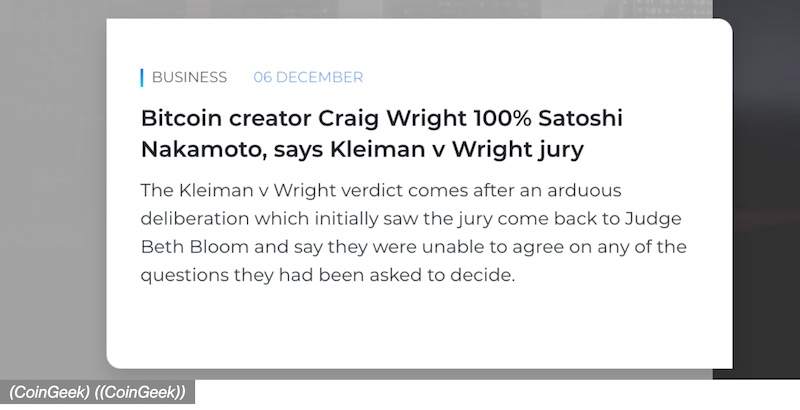
Who is Satoshi Nakamoto? Other Possibles
But we’re not through. More candidates are still in this “who is Satoshi Nakamoto?” conversation.
In 2011, New Yorker magazine listed some contenders. The list includes Dr. Vili Lehdonvirta, a Finnish economist and an Irish cryptography student named Michael Clear. Both men denied the association.
In the same year, an investigative journalist for Fast Company pointed to circumstantial evidence naming Charles Bry, Vladimir Oksman, and Neal King as Satoshi possibles. The three men had jointly filed a patent application that used the same phrasing in the Bitcoin white paper “computationally impractical to reverse.” Because Satoshi registered the name Bitcoin.org three days after the patent filing, it gave reason to suspect them. All three denied being Satoshi, however.
But other publications and independent journalists are looking into the matter, such as Vice, The Age, Barely Sociable. Their contenders include Shinichi Mochizuki (Japanese mathematician), Gavin Andresen, Jed McCaleb (programmer), Ross Ulbricht (Silk Road creator), Paul Le Roux (former programmer / criminal boss).
The Financial Times further speculated that Nick Szabo, Hal Finney, and Adam Back (Hashcash inventor) might have teamed up under the Satoshi Nakamoto moniker.
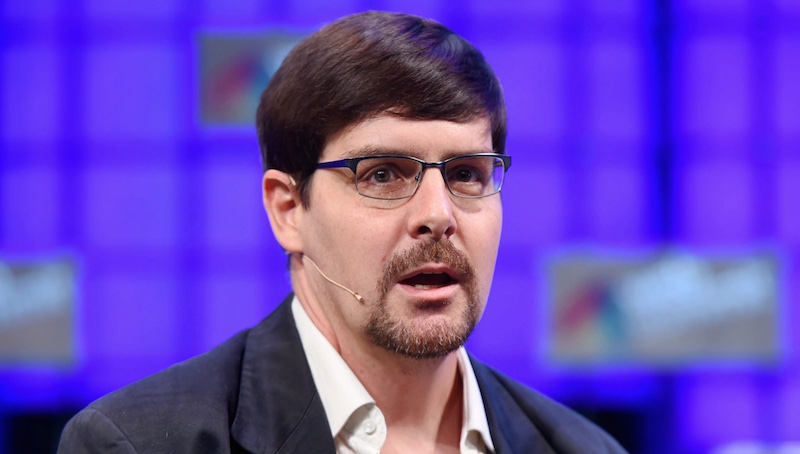
Who is Satoshi Nakamoto? Conclusion
We can cite legitimate sources, but we can’t speculate on Satoshi Nakamoto’s identity without bringing at least one conspiracy theory into the mix. Conspiracy theories are too much fun. This one contends that Satoshi is actually a group of top programmers who worked with political elites to create a digital currency to ultimately snare people into a one-world totalitarian system. This team would have to operate anonymously, much like the group of government officials and programmers who created the Stuxnet virus.
This theory seems far-fetched since many early Cypherpunks were Ayn Rand reading libertarians who opposed censorship and government monitoring. It seems antithetical to their philosophy to help usher in a one-world totalitarian system.
One thing is for sure. Whoever Satoshi Nakamoto is, it won’t be easy to verify his true identity until he decides to reveal himself. Elon Musk put it best. “It’s an interesting quirk of human history that there is a particular technology that has a completely anonymous inventor.”
Become a blockchain developer today by joining Moralis Academy!




